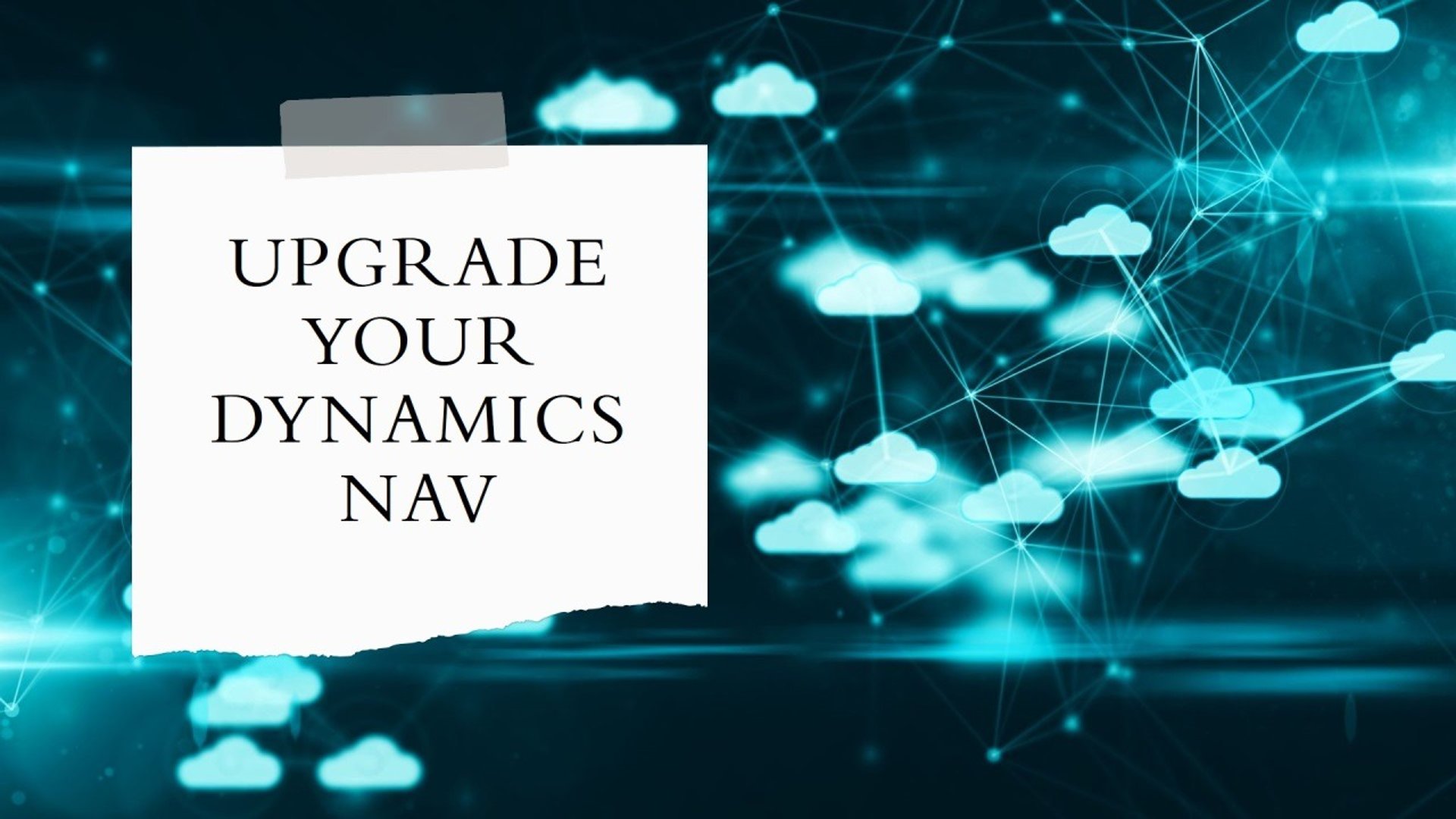NAV to Business Central Migration
Challenges in Migrating Dynamics NAV to Business Central and How to Overcome Them
Shubh Techies
5/8/20243 min read

Expert Dynamics Solutions
Microsoft Dynamics NAV has been a trusted ERP solution for many businesses over the years. However, as technology evolves, many organizations are migrating to Microsoft Dynamics 365 Business Central to leverage its modern cloud capabilities, enhanced features, and improved scalability. While this migration offers substantial benefits, it also comes with its own set of challenges.
In this blog post, we will explore the key challenges businesses face during this migration and how to overcome them effectively.
1. Data Migration Challenges
Migrating data from Dynamics NAV to Business Central can be a complex task. Common issues include:
Data Integrity: Ensuring data is accurate, consistent, and complete.
Legacy Data: Cleaning and restructuring old data to fit the new system’s data model.
Large Data Volumes: Handling performance issues with extensive datasets.
Custom Fields and Tables: Mapping custom fields and tables to Business Central’s structure.
Solution:
Conduct a thorough data audit and cleanse legacy data before migration. Use tools like RapidStart Services and seek expert help to ensure seamless data migration.
2. Customizations and Extensions
Businesses often rely on customizations in NAV, which may not directly translate to Business Central. Challenges include:
Code Modifications: Converting custom C/AL code to AL extensions.
Unsupported Features: Identifying and replacing deprecated functionalities.
Third-party Integrations: Ensuring compatibility with third-party tools.
Solution:
Reassess customizations to see if native Business Central features can replace them. Use the Extensions framework in AL to handle necessary customizations.
3. Functional Changes
Migrating to Business Central means adapting to a new interface and workflows. Challenges include:
UI/UX Differences: Adapting to a modern, web-based interface.
Feature Disparity: Addressing functionality differences.
Process Reengineering: Aligning business processes with new capabilities.
Solution:
Provide comprehensive training to users and involve them in process redesign to ensure smooth adoption of the new workflows.
4. Technical Challenges
Technical issues can disrupt migration, especially when moving from on-premises to the cloud. Common challenges include:
On-premises to Cloud Migration: Managing infrastructure changes.
Integration Updates: Reconfiguring integrations with external systems.
Performance Optimization: Ensuring the new system performs efficiently.
Solution:
Work with experienced technical consultants to design a robust migration strategy. Use sandbox environments for testing and validation.
5. User Training and Adoption
User resistance and lack of training can slow down the migration process. Challenges include:
Change Management: Helping users embrace the new system.
Training Requirements: Providing adequate training on Business Central.
Resistance to Change: Overcoming reluctance to shift from NAV.
Solution:
Develop a detailed training plan and emphasize the benefits of Business Central to ease the transition.
6. Licensing and Cost
Migrating to Business Central often involves changes in licensing and cost structure:
Licensing Model: Transitioning from perpetual to subscription-based licensing.
Hidden Costs: Accounting for customization, integration, and training expenses.
Solution:
Analyze licensing options carefully and create a budget that factors in all migration-related costs.
7. Compliance and Security
Maintaining compliance and ensuring security during migration is crucial:
Regulatory Compliance: Meeting local and international regulations.
Data Security: Protecting sensitive data during the migration.
User Roles and Permissions: Redefining security roles in Business Central.
Solution:
Work with migration experts to ensure compliance and implement robust security measures.
8. Testing and Validation
Without proper testing, migration errors can disrupt operations:
Extensive Testing: Verifying functionalities, integrations, and data accuracy.
Error Handling: Identifying and resolving migration errors.
Solution:
Perform comprehensive testing in a sandbox environment to catch and fix issues before going live.
9. Timeline and Resources
Migration projects often face delays and resource constraints:
Project Delays: Unforeseen technical or functional issues.
Resource Allocation: Ensuring sufficient IT and functional resources.
Solution:
Set realistic timelines and allocate dedicated resources to the project.
10. Post-Migration Challenges Even after go-live, businesses may encounter issues such as:
Performance Tuning: Optimizing the system for better performance.
Support and Maintenance: Addressing issues that arise post-migration.
Solution:
Engage a reliable support partner for ongoing maintenance and improvements.
Why Choose Shubh Techies for Your Dynamics NAV to Business Central Migration?
Migrating from Dynamics NAV to Business Central can be overwhelming, but with the right partner, it doesn’t have to be. At Shubh Techies, we specialize in seamless migrations tailored to your business needs. Here’s how we can help:
Expertise: Our team has extensive experience in Dynamics NAV and Business Central.
Customized Solutions: We analyze your unique requirements to deliver the best-fit migration strategy.
End-to-End Support: From data migration and customizations to training and post-migration support, we’ve got you covered.
Cost Efficiency: We offer competitive pricing with no hidden costs.
Ready to make the move to Business Central? Contact Shubh Techies today and let us simplify your migration journey.
